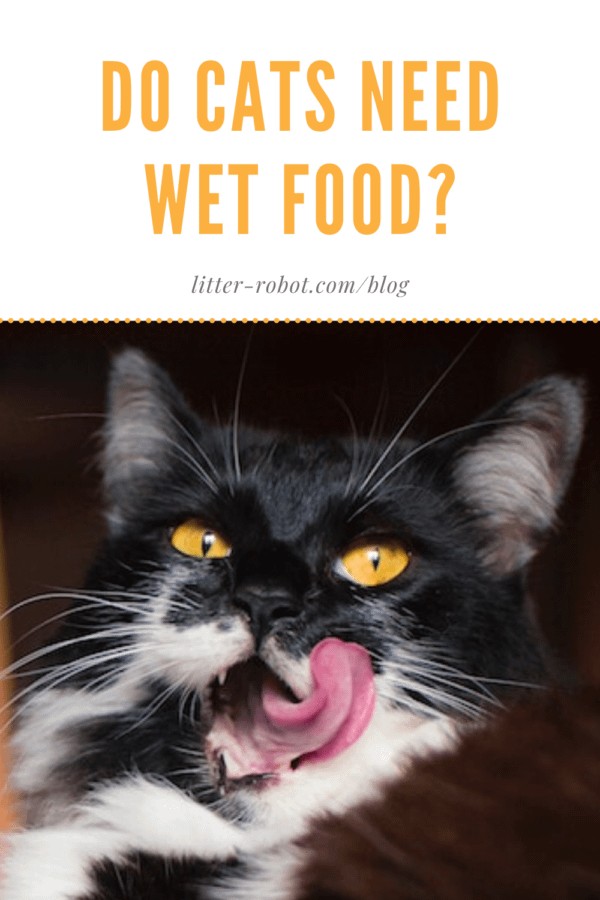Many cat owners wonder, “Do Cats Have To Have Wet Food?” While it’s a common question, the answer isn’t a simple yes or no. Wet food certainly offers benefits, but it’s not always a strict necessity for a healthy feline. Let’s explore the pros and cons of wet food to help you make the best decision for your cat’s well-being.
Hydration: The Key Argument for Wet Food
One of the primary reasons veterinarians often recommend wet food is its high moisture content. Cats, by nature, don’t always have a strong thirst drive.
 Black and white cat drinking water from a bowl – hydration for cats
Black and white cat drinking water from a bowl – hydration for cats
Alt text: A black and white cat attentively drinking from a water bowl, emphasizing the importance of hydration for felines.
Cats require approximately 4 ounces of water per 5 pounds of lean body weight daily. While they can get some of this from drinking water, wet food can significantly contribute to their daily fluid intake. Canned food boasts around 80% water content, a stark contrast to dry kibble’s mere 6-10%. Adequate hydration is vital in preventing urinary and kidney issues, particularly in male cats, where dehydration can lead to life-threatening urethral obstructions caused by urinary crystals or stones.
Picky Eaters and Palatability
Cats are notorious for their discerning palates. If you have a fussy feline who frequently rejects their food, wet food can be a game-changer. The diverse flavors and textures available in wet food often prove more appealing to picky eaters, enticing them to eat a more balanced diet.
Wet Food vs. Dry Food: A Comparative Analysis
Both wet and dry cat food offer advantages and disadvantages. Understanding these can help you tailor your cat’s diet to their specific needs.
| Advantages | Disadvantages | |
|---|---|---|
| Dry cat food | – Convenient for owners (easy to serve and store). – Can be left out for extended periods without spoiling. – Often more affordable. | – Often contains more plant material and carbohydrates, which cats struggle to digest. – Provides minimal water content, requiring cats to rely solely on drinking water for hydration. – May not always provide the most balanced nutrition if not a high-quality brand. |
| Wet cat food | – Higher meat content, aligning with cats’ natural diet. – Contains significantly more water, aiding in proper hydration. – Often more palatable, especially for picky eaters or cats with dental issues. | – Requires owners to oversee meals, as it cannot be left out for long periods. – Generally more expensive than dry food. – May require more frequent dental care if not combined with dental treats or dry food. |
Ultimately, the best choice depends on your cat’s individual needs, preferences, and health status.
Selecting the Right Wet Food
Choosing the right wet food can feel overwhelming with so many options available. Here’s what to look for:
- High-Quality Protein: Ensure the top ingredient is a source of animal protein (meat, poultry, or fish). This guarantees your cat receives essential amino acids and fatty acids. Byproducts are acceptable and nutritious.
- AAFCO Statement: Look for an AAFCO (Association of American Feed Control Officials) statement, which indicates the food is nutritionally complete and balanced.
- Ethical Considerations: If animal welfare is important to you, choose brands with welfare certification labels, signifying humane and transparent farming practices.
What If Your Cat Refuses Wet Food?
If your cat turns their nose up at wet food, don’t despair! Here are some strategies to try:
- Warm It Up: Slightly warm the food to enhance its aroma, making it more appealing. Always test the temperature to avoid burns.
- Add Tempting Toppings: Sprinkle cat treats or a small amount of catnip on top to entice your cat.
- Tuna Juice Trick: Drizzle a bit of tuna juice over the food to add flavor and aroma.
- Mix It Up: Gradually mix wet food with their regular dry food.
- Separate Bowls: Offer wet food in a separate bowl, away from their dry food.
If these tricks don’t work, consider a pet water fountain to encourage hydration.
Addressing Vomiting After Eating Wet Food
Some cats may vomit after consuming wet food. Possible causes include:
- Eating Too Quickly: Offer smaller, more frequent meals or mix in dry food to slow them down.
- Low-Quality Food: Switch to a higher-quality brand recommended by your vet.
- Cold Food: Ensure the food is at room temperature.
- Post-Meal Activity: Limit activity immediately after eating.
- Sensitive Stomach: Experiment with different protein sources and textures.
- Underlying Illness: Consult your veterinarian to rule out any medical issues.
Wet Food Spoilage: How Long Can It Sit Out?
Wet cat food should not sit out for more than 1-2 hours at room temperature. In warm environments, refrigerate leftovers within 30 minutes. Store leftover wet food in the refrigerator and use it within 48 hours to prevent spoilage. Establish a feeding schedule to encourage your cat to eat within the recommended timeframe. Automatic cat food dispensers can also help.
In conclusion, “Do cats have to have wet food?” The answer is no, provided they receive adequate hydration and nutrition from other sources. However, wet food offers significant benefits, particularly for hydration, palatability, and addressing specific health concerns. By understanding your cat’s individual needs and preferences, you can create a balanced diet that supports their overall health and happiness.
